Home>Gardening & Outdoor>Landscaping Ideas>How To Compost Grass Clippings Fast
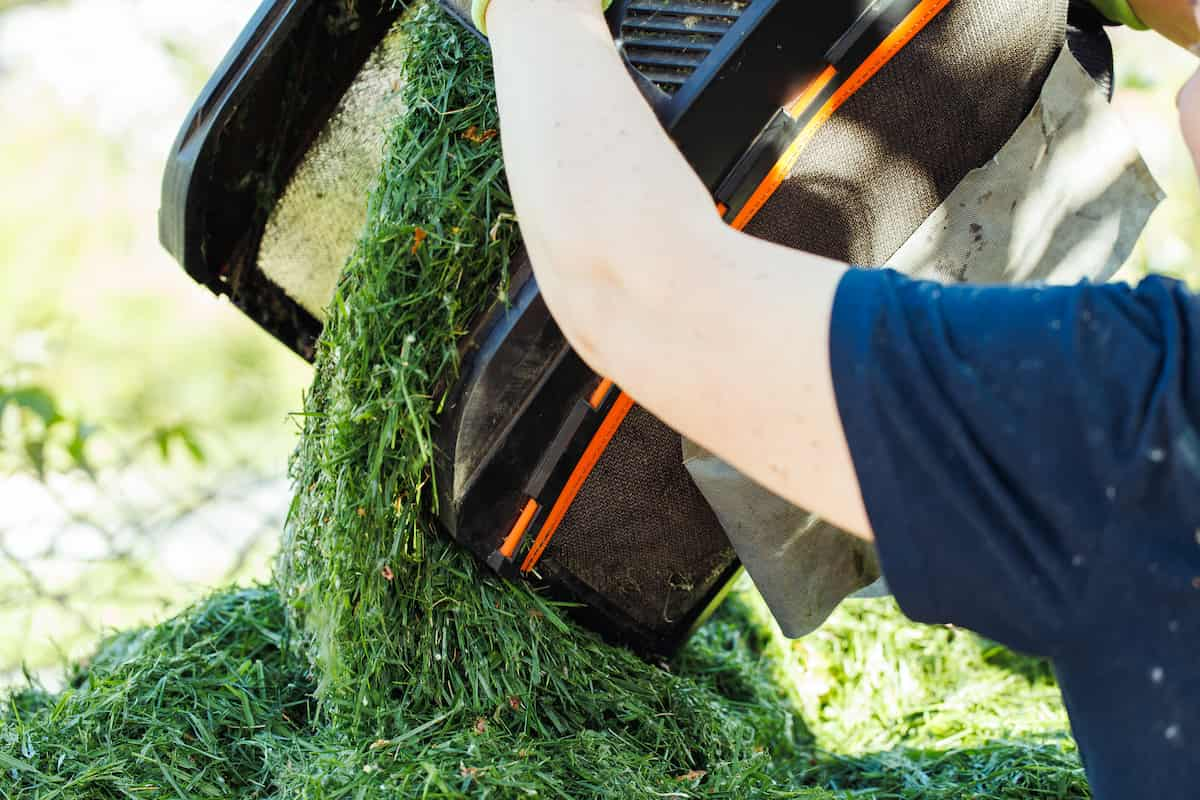

Landscaping Ideas
How To Compost Grass Clippings Fast
Modified: February 18, 2024
Discover effective landscaping ideas for composting grass clippings quickly. Learn how to speed up the composting process for a healthier garden.
(Many of the links in this article redirect to a specific reviewed product. Your purchase of these products through affiliate links helps to generate commission for Storables.com, at no extra cost. Learn more)
Introduction
Are you looking for a sustainable way to manage your grass clippings and enrich your garden soil? Composting grass clippings is a fantastic solution that benefits both your yard and the environment. In this comprehensive guide, we'll explore the ins and outs of composting grass clippings, from the numerous advantages it offers to the step-by-step process of creating nutrient-rich compost for your garden.
Composting is a natural process that decomposes organic materials into a rich, earthy substance known as compost. This valuable end product can be used to enhance soil quality, promote plant growth, and reduce the need for chemical fertilizers. When it comes to grass clippings, composting offers an eco-friendly alternative to simply disposing of them, allowing you to harness their potential to nourish your garden.
Throughout this guide, we'll delve into the benefits of composting grass clippings, explore different composting methods, and provide practical tips for preparing and maintaining your compost pile. Whether you're a seasoned gardener or just starting out, learning how to compost grass clippings effectively can elevate your gardening experience while contributing to a healthier planet.
So, roll up your sleeves and get ready to unlock the secrets of fast and efficient grass clippings composting. By the end of this journey, you'll be equipped with the knowledge and skills to turn your lawn's waste into a precious resource for your garden. Let's dive in and discover the wonders of composting grass clippings!
Key Takeaways:
- Composting grass clippings reduces waste, enriches soil, and promotes sustainable gardening, benefiting both the environment and your garden’s health.
- By composting grass clippings, you can create nutrient-rich compost, reduce the need for chemical fertilizers, and save money on gardening expenses.
Read more: How Long For Grass Clippings To Compost
Benefits of Composting Grass Clippings
Composting grass clippings offers a myriad of benefits that extend beyond waste reduction. By choosing to compost your grass clippings, you are actively participating in a sustainable practice that yields numerous advantages for both your garden and the environment.
1. Waste Reduction: Instead of discarding grass clippings in landfills where they contribute to methane emissions, composting allows you to repurpose this organic material, reducing the burden on waste management systems.
2. Nutrient-Rich Soil Amendment: Grass clippings are a valuable source of nitrogen, which is an essential nutrient for plant growth. Composting grass clippings transforms them into nutrient-rich compost, enhancing the soil’s fertility and promoting healthier plant development.
3. Improved Soil Structure: The organic matter in composted grass clippings helps to improve soil structure by enhancing its ability to retain moisture and nutrients. This, in turn, fosters a healthier and more resilient garden ecosystem.
4. Reduced Need for Chemical Fertilizers: Utilizing composted grass clippings in your garden reduces the reliance on synthetic fertilizers, thereby minimizing the potential environmental impact of chemical runoff and leaching into water sources.
5. Cost-Effective Garden Maintenance: By creating your own compost from grass clippings, you can significantly reduce the need to purchase commercial fertilizers and soil amendments, leading to long-term cost savings for your gardening endeavors.
6. Environmental Sustainability: Composting grass clippings aligns with sustainable waste management practices, contributing to the reduction of greenhouse gas emissions and supporting a healthier ecosystem within your garden and the surrounding environment.
Embracing the practice of composting grass clippings empowers you to play a proactive role in environmental stewardship while reaping the rewards of a more vibrant and bountiful garden. By harnessing the inherent benefits of grass clippings composting, you can cultivate a thriving garden ecosystem while minimizing your ecological footprint. With these advantages in mind, let’s explore the various methods for composting grass clippings to maximize their potential as a sustainable resource for your garden.
Choosing the Right Composting Method
When it comes to composting grass clippings, selecting the appropriate composting method is essential for achieving optimal results. Several composting techniques are available, each with its unique advantages and considerations. By understanding the various methods, you can choose the approach that best aligns with your gardening needs and environmental goals.
1. Traditional Composting: Traditional composting involves creating a compost pile or bin where grass clippings are layered with other organic materials, such as leaves, kitchen scraps, and garden waste. This method requires periodic turning and monitoring to facilitate decomposition.
2. Grass-Cycling: Grass-cycling, also known as mulch-mowing, involves leaving grass clippings on the lawn after mowing. The clippings break down naturally, returning valuable nutrients to the soil. This method is a low-maintenance approach to grass clippings management.
3. Compost Tumblers: Compost tumblers provide a convenient and efficient way to compost grass clippings. These enclosed containers facilitate aeration and decomposition through regular rotation, resulting in faster composting compared to traditional methods.
When choosing a composting method for your grass clippings, consider factors such as available space, time commitment, and desired composting speed. Additionally, assess your comfort level with managing the composting process, as some methods may require more hands-on involvement than others.
By selecting the right composting method, you can embark on a journey to transform your grass clippings into valuable compost while aligning with your preferences and gardening practices. With the method chosen, the next step involves preparing your grass clippings for composting to ensure a successful and efficient decomposition process.
Preparing Your Grass Clippings for Composting
Before you begin composting your grass clippings, it’s important to prepare them properly to facilitate the decomposition process and ensure the creation of high-quality compost. Effective preparation sets the stage for efficient decomposition and minimizes potential issues such as odors and matting. Here are essential steps for preparing your grass clippings for composting:
1. Mowing Practices: When mowing your lawn, aim to keep the grass at a moderate height, typically removing no more than one-third of the blade length. This approach helps prevent excessive thatch buildup and ensures that the clippings are of an ideal size for composting.
2. Avoiding Herbicides and Pesticides: If you use herbicides or pesticides on your lawn, consider allowing a grace period after application before collecting grass clippings for composting. This helps minimize the presence of residual chemicals in the clippings, promoting a healthier composting process.
3. Mixing with Brown Materials: Grass clippings are considered “green” materials in composting, so it’s beneficial to mix them with “brown” materials such as dry leaves, shredded paper, or straw. This balance provides the necessary carbon-to-nitrogen ratio for efficient decomposition and helps prevent clumping and odors.
4. Aeration and Fluffing: After mowing, allow the grass clippings to aerate and dry slightly to prevent them from compacting. Fluffing the clippings with a rake or garden fork can help improve airflow and prevent matting, promoting aerobic decomposition.
5. Layering in the Compost Pile: When adding grass clippings to your compost pile, layer them with other organic materials to create a well-balanced mix. Alternating layers of green and brown materials helps create an optimal environment for microbial activity and decomposition.
By preparing your grass clippings thoughtfully, you can set the stage for successful composting and ensure that the resulting compost is rich in nutrients and beneficial microorganisms. With your grass clippings primed for composting, it’s time to explore practical tips for achieving success throughout the composting process.
Mix grass clippings with brown materials like leaves or shredded paper to speed up the composting process. Turn the pile regularly to aerate and break down the clippings faster.
Composting Grass Clippings: Tips for Success
Composting grass clippings effectively requires attention to key factors that influence the decomposition process. By implementing the following tips, you can optimize the conditions for composting and achieve efficient breakdown of grass clippings into nutrient-rich compost:
1. Size Matters: Aim to cut your grass to a moderate length, as excessively long clippings can mat together and impede airflow, leading to anaerobic decomposition. Shorter clippings facilitate better aeration and microbial activity.
2. Balancing Green and Brown Materials: As mentioned earlier, balance the addition of grass clippings with brown materials to maintain an optimal carbon-to-nitrogen ratio. This promotes thorough decomposition and minimizes the risk of a smelly or slimy compost pile.
3. Aerate and Turn Regularly: To encourage aerobic decomposition, aerate your compost pile by turning it regularly. This helps distribute moisture and oxygen, preventing the clippings from becoming compacted and facilitating even decomposition.
4. Monitor Moisture Levels: Grass clippings contain moisture, so it’s essential to monitor the overall moisture content of your compost pile. Aim for a damp, sponge-like consistency to support microbial activity without becoming waterlogged.
5. Utilize Compost Accelerators: Consider incorporating compost accelerators or activators containing beneficial microorganisms to expedite the decomposition process. These products can enhance microbial populations and speed up composting, particularly in cooler climates.
6. Temperature Monitoring: Keep an eye on the internal temperature of your compost pile, as higher temperatures indicate active decomposition. Regularly monitoring and adjusting the pile can promote efficient breakdown of grass clippings.
7. Patience and Persistence: Composting is a natural process that requires time. Be patient and persistent in maintaining your compost pile, as consistent efforts will yield valuable compost for your garden in the long run.
By incorporating these tips into your composting practices, you can foster an environment conducive to the efficient decomposition of grass clippings. These strategies empower you to harness the full potential of your compost pile and produce nutrient-rich compost that will enrich your garden soil and nourish your plants. With your compost pile in progress, it’s crucial to monitor and maintain its conditions to ensure successful composting.
Read more: How To Dispose Of Grass Clippings
Monitoring and Maintaining Your Compost Pile
Once your compost pile is established, ongoing monitoring and maintenance are crucial for ensuring the success of the composting process. By paying attention to key indicators and implementing proactive measures, you can optimize the conditions within your compost pile and facilitate efficient decomposition of grass clippings and other organic materials. Here are essential steps for monitoring and maintaining your compost pile:
1. Temperature Monitoring: Regularly check the internal temperature of your compost pile using a compost thermometer. Ideal temperatures for composting range between 110°F and 160°F (43°C and 71°C), indicating active decomposition. Adjust the pile as needed to maintain optimal heat levels.
2. Moisture Management: Monitor the moisture content of your compost pile, ensuring that it remains consistently damp but not waterlogged. If the pile becomes too dry, lightly water it. Conversely, if it’s excessively wet, incorporate dry brown materials and aerate the pile to improve airflow.
3. Turning and Aeration: Regularly turn your compost pile to promote aeration and even decomposition. This process helps redistribute moisture and oxygen, preventing the formation of anaerobic zones and facilitating the breakdown of grass clippings and other organic matter.
4. Odor and Pest Control: Keep an eye on your compost pile for any unusual odors or signs of pest activity. Foul smells may indicate imbalanced composting conditions, while pests can disrupt the decomposition process. Address these issues promptly to maintain a healthy compost pile.
5. Adjusting Carbon-to-Nitrogen Ratio: If your compost pile appears to be decomposing slowly or emitting unpleasant odors, consider adjusting the carbon-to-nitrogen ratio by adding more brown materials. This can help rebalance the compost pile and promote efficient decomposition.
6. Regular Inspections: Periodically inspect your compost pile for visual cues of decomposition, such as the breakdown of grass clippings and the emergence of a crumbly, earthy texture. This visual assessment can provide insights into the progress of your composting efforts.
By diligently monitoring and maintaining your compost pile, you can create an optimal environment for the decomposition of grass clippings and other organic materials. These proactive measures contribute to the production of high-quality compost that will enrich your garden soil and support the growth of healthy, thriving plants. With a well-maintained compost pile, you’ll soon be ready to reap the rewards of your composting endeavors.
Using Your Finished Compost
After patiently tending to your compost pile and allowing the organic materials to undergo the transformative process of decomposition, you’ll be rewarded with nutrient-rich, dark, earthy compost that is teeming with beneficial microorganisms. This valuable end product, often referred to as “black gold,” holds immense potential for enhancing the health and vitality of your garden. Here’s how you can effectively utilize your finished compost:
1. Soil Amendment: Incorporate your finished compost into garden soil to improve its structure, fertility, and water retention capacity. Mix the compost thoroughly into the topsoil or use it as a top dressing to provide essential nutrients for plant growth.
2. Planting and Transplanting: Prior to planting or transplanting, blend compost into the soil to create a nutrient-rich foundation for your plants. This can promote strong root development and enhance the overall health of your garden’s vegetation.
3. Mulching: Apply a layer of finished compost around the base of plants to serve as a natural mulch. Compost mulch helps regulate soil temperature, suppress weed growth, and retain moisture, creating a favorable environment for plant growth.
4. Compost Tea: Create compost tea by steeping finished compost in water to extract its nutrients and beneficial microorganisms. Use the resulting liquid as a natural fertilizer to nourish your plants and enhance their resilience against diseases.
5. Lawn Care: Spread a thin layer of finished compost across your lawn to enrich the soil and promote healthy grass growth. Compost can help improve soil structure and provide essential nutrients that support lush, vibrant lawns.
6. Container Gardening: When cultivating plants in containers, blend finished compost with potting soil to create a nutrient-dense growing medium. This can enhance the vitality of container plants and reduce the need for synthetic fertilizers.
By integrating your finished compost into various aspects of your gardening practices, you can harness its enriching properties to cultivate a thriving and sustainable garden ecosystem. The organic matter, nutrients, and microbial life present in the compost work in harmony to support robust plant growth and contribute to the overall health of your garden. As you witness the positive impact of your finished compost on your garden, you’ll gain a deeper appreciation for the rewards of composting and sustainable gardening practices.
Conclusion
Embarking on the journey of composting grass clippings unveils a world of sustainable gardening practices, environmental stewardship, and bountiful rewards for your garden. Through the process of composting, you have the opportunity to transform seemingly mundane grass clippings into a precious resource that nourishes the soil, fosters plant growth, and minimizes the environmental impact of waste disposal. As you conclude this comprehensive guide, reflect on the following key takeaways:
Environmental Impact: Composting grass clippings significantly reduces the volume of organic waste sent to landfills, mitigating methane emissions and contributing to a more sustainable waste management ecosystem.
Soil Health and Fertility: The nutrient-rich compost derived from grass clippings enhances soil structure, fertility, and microbial activity, creating an ideal environment for healthy plant growth and resilience.
Cost-Effective Gardening: By composting grass clippings, you can reduce reliance on commercial fertilizers, promote natural soil enrichment, and achieve long-term cost savings in your gardening endeavors.
Sustainable Practices: Composting aligns with sustainable gardening practices, fostering a deeper connection to the natural cycles of decomposition, regeneration, and resource utilization within your garden ecosystem.
As you embrace the art of composting grass clippings, remember that your efforts contribute to a healthier planet, vibrant garden, and enriched gardening experience. The journey of composting is a testament to the transformative power of organic materials and the profound impact of sustainable practices on the environment and the well-being of your garden. With each batch of nutrient-rich compost you produce, you nurture a cycle of regeneration and sustainability that transcends the boundaries of your garden and extends into the broader landscape of ecological harmony.
So, as you venture forth with newfound knowledge and enthusiasm for composting grass clippings, envision the thriving garden ecosystem that awaits. Embrace the process, celebrate the rewards, and continue to tread lightly on the earth, knowing that your commitment to composting fosters a legacy of environmental responsibility and natural abundance. May your composting endeavors yield a harvest of flourishing gardens, sustainable landscapes, and a profound appreciation for the interconnectedness of all living things.
Frequently Asked Questions about How To Compost Grass Clippings Fast
Was this page helpful?
At Storables.com, we guarantee accurate and reliable information. Our content, validated by Expert Board Contributors, is crafted following stringent Editorial Policies. We're committed to providing you with well-researched, expert-backed insights for all your informational needs.
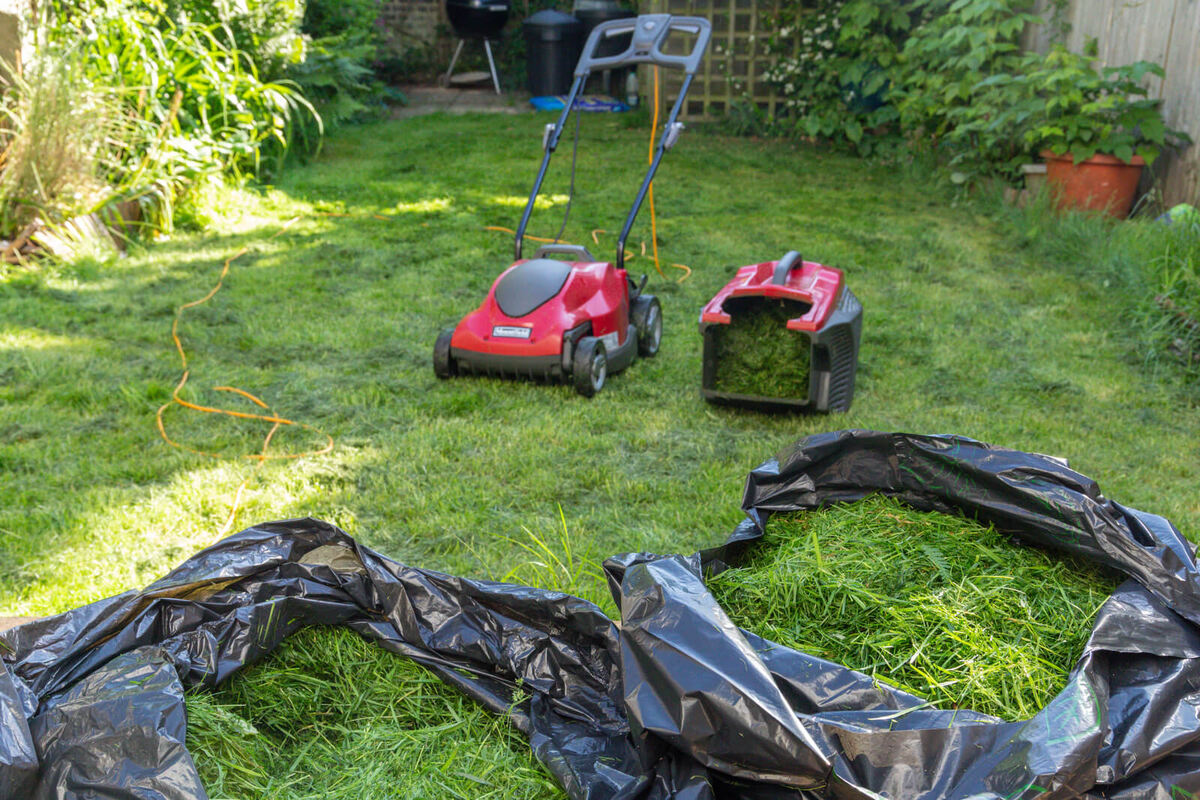
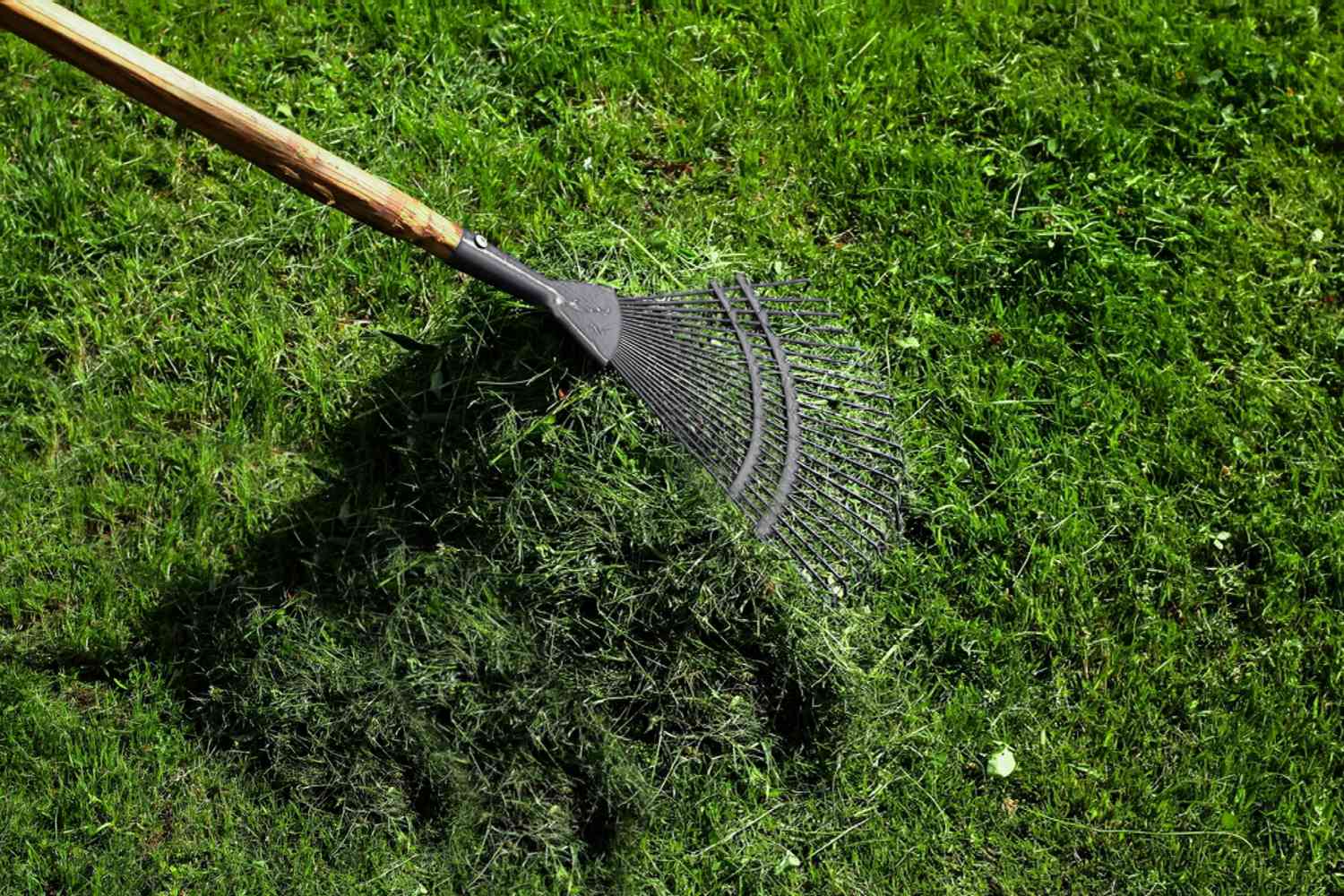
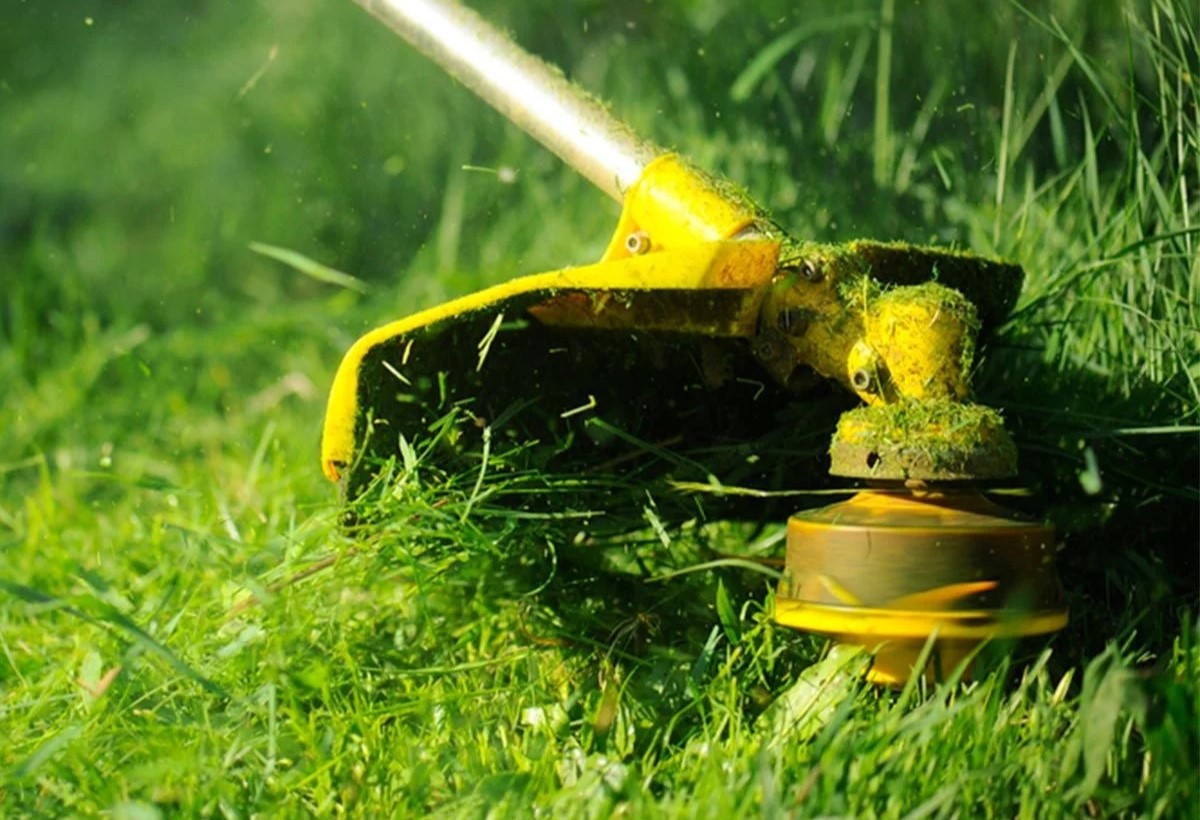
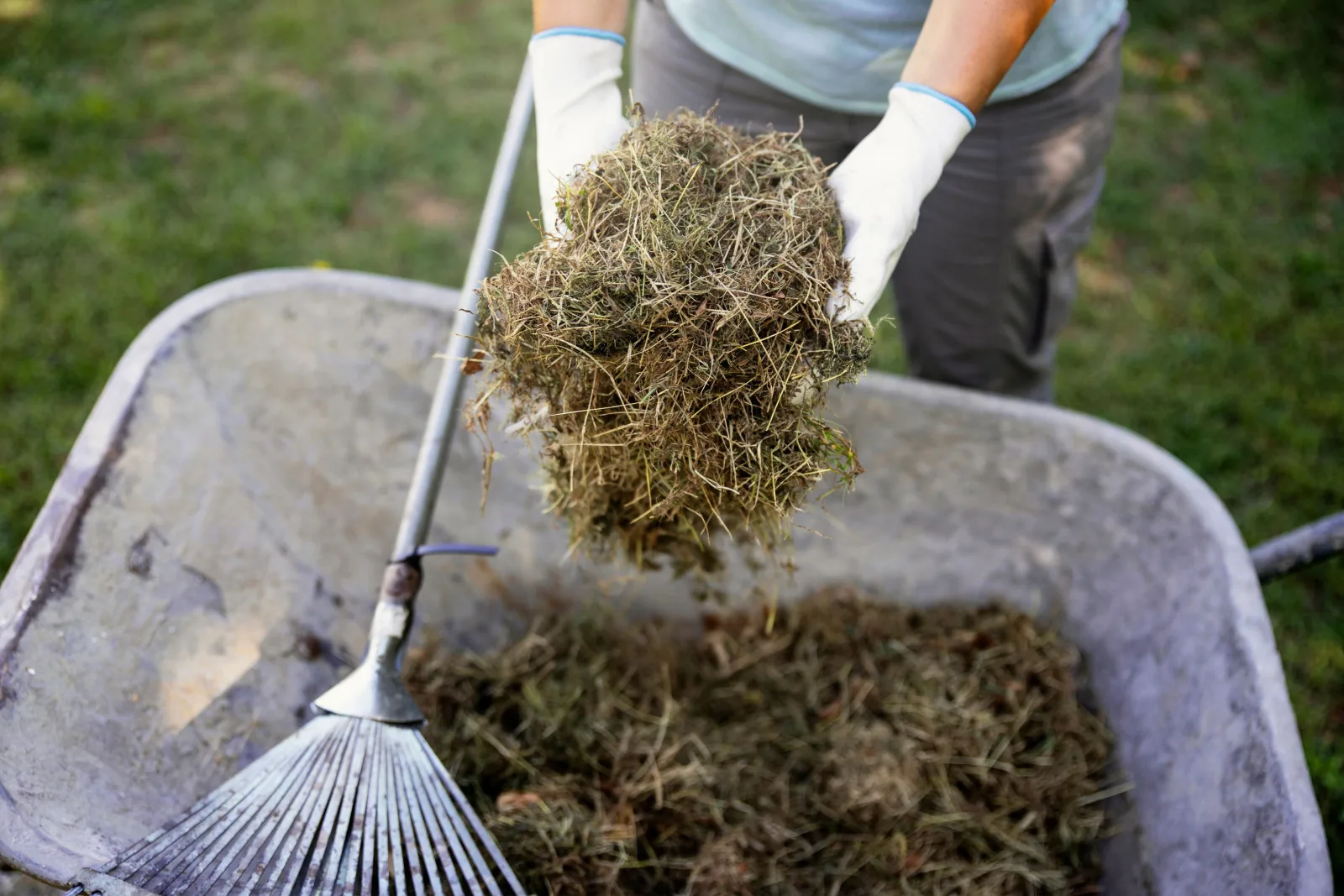
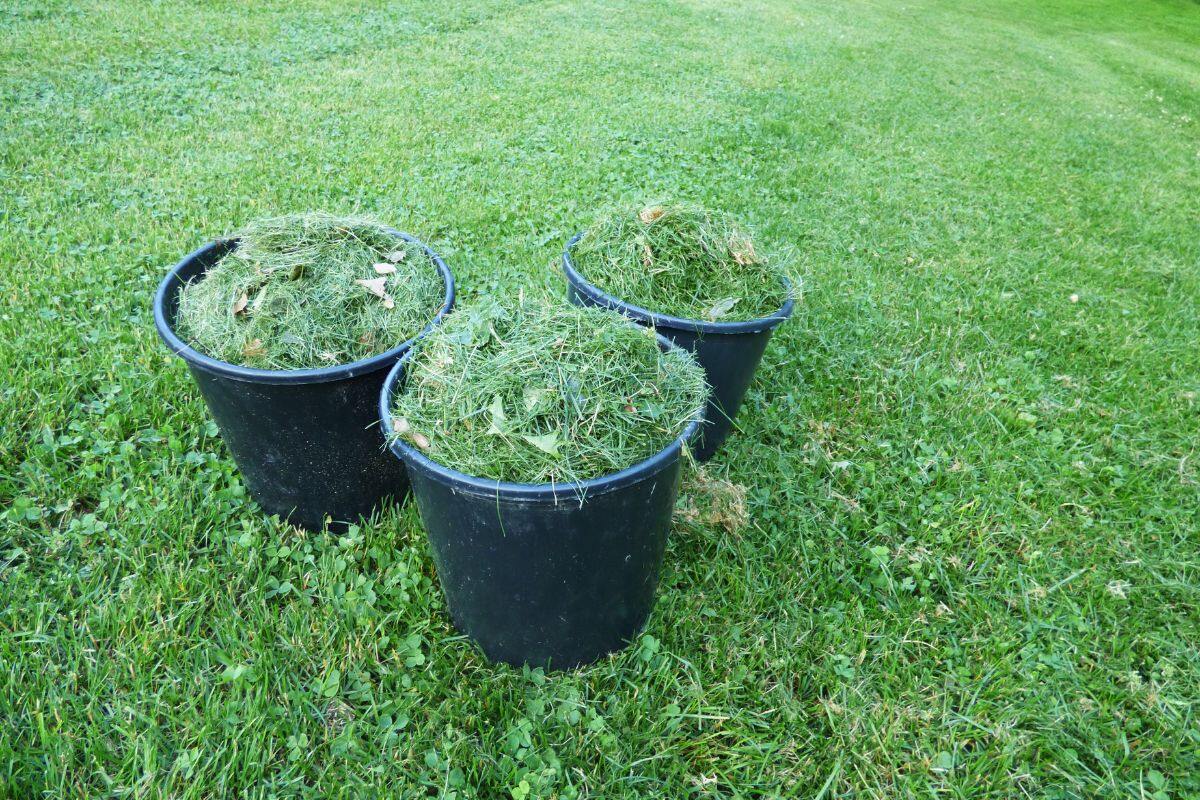
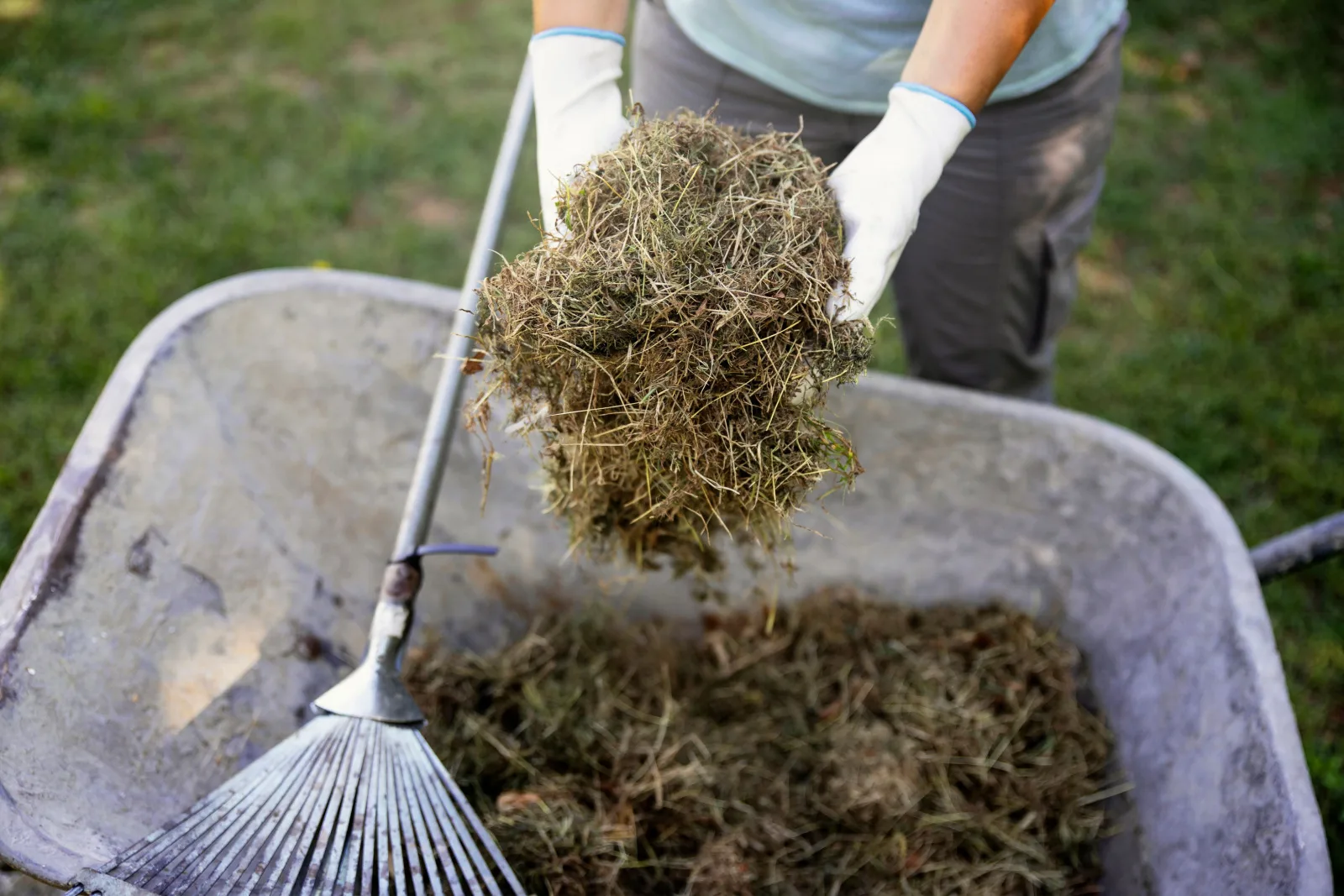
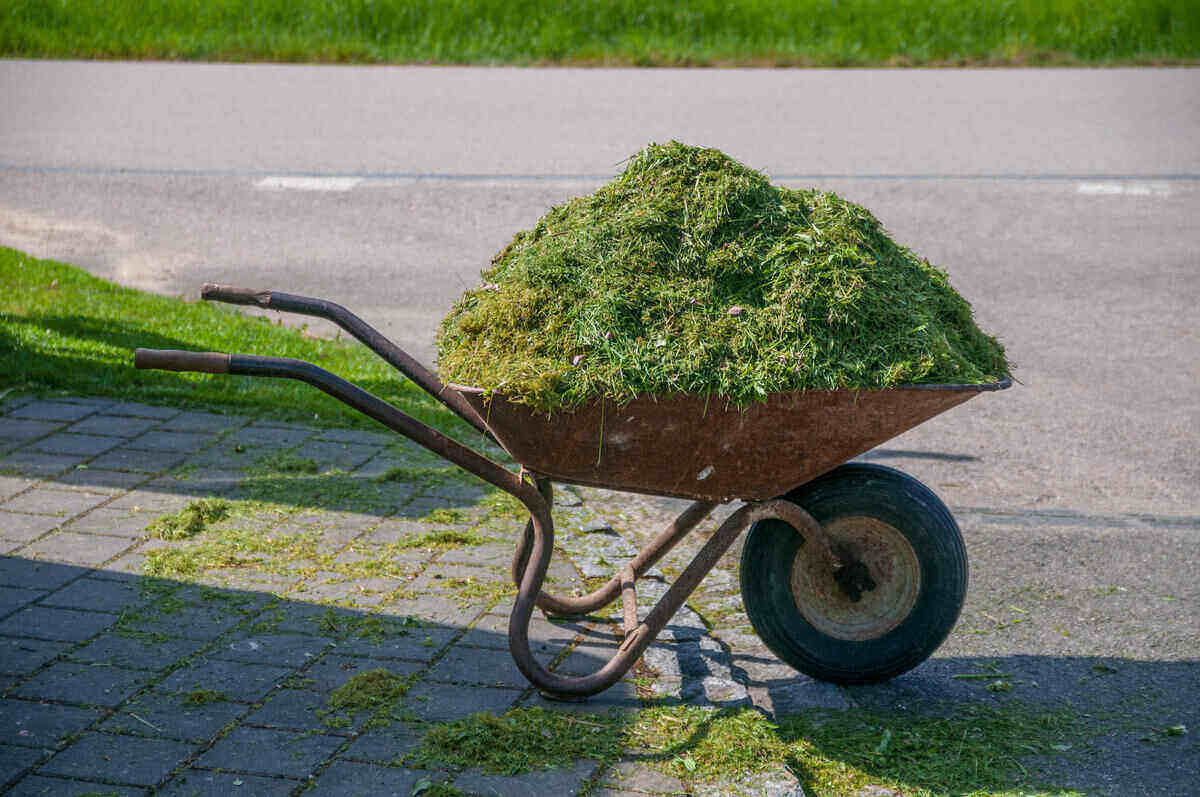
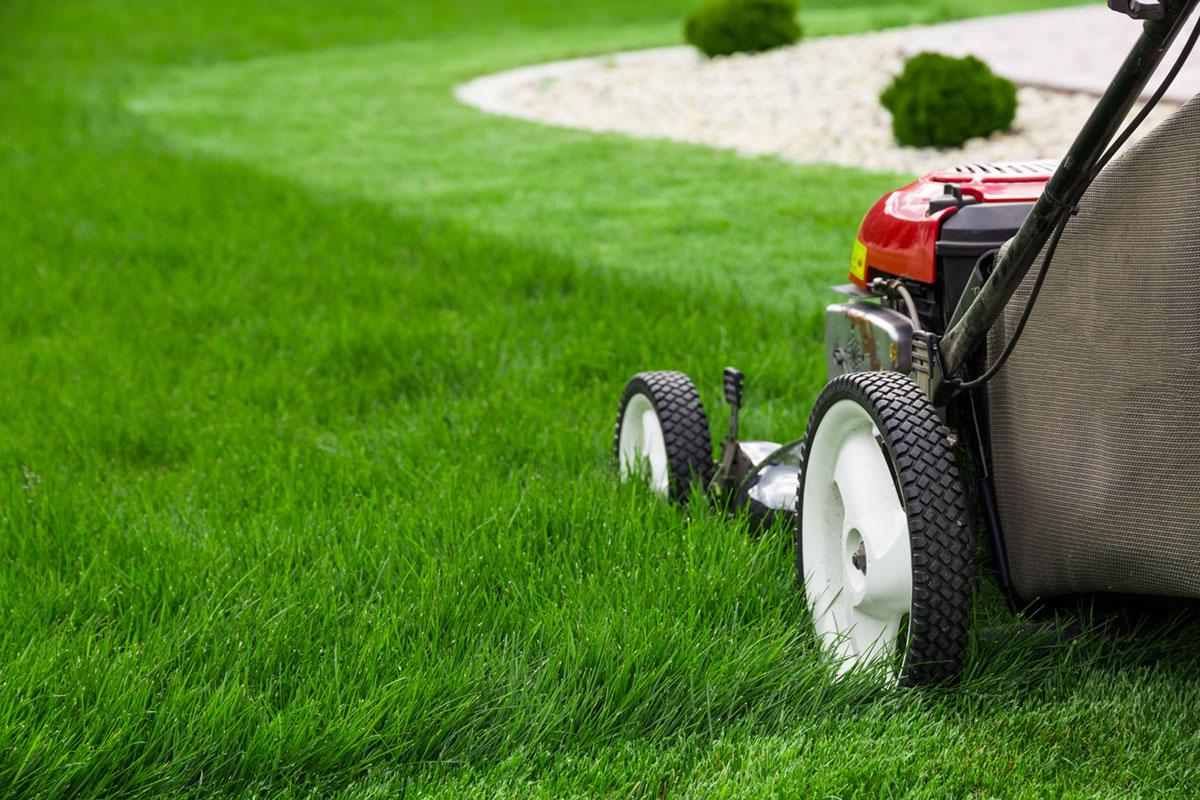
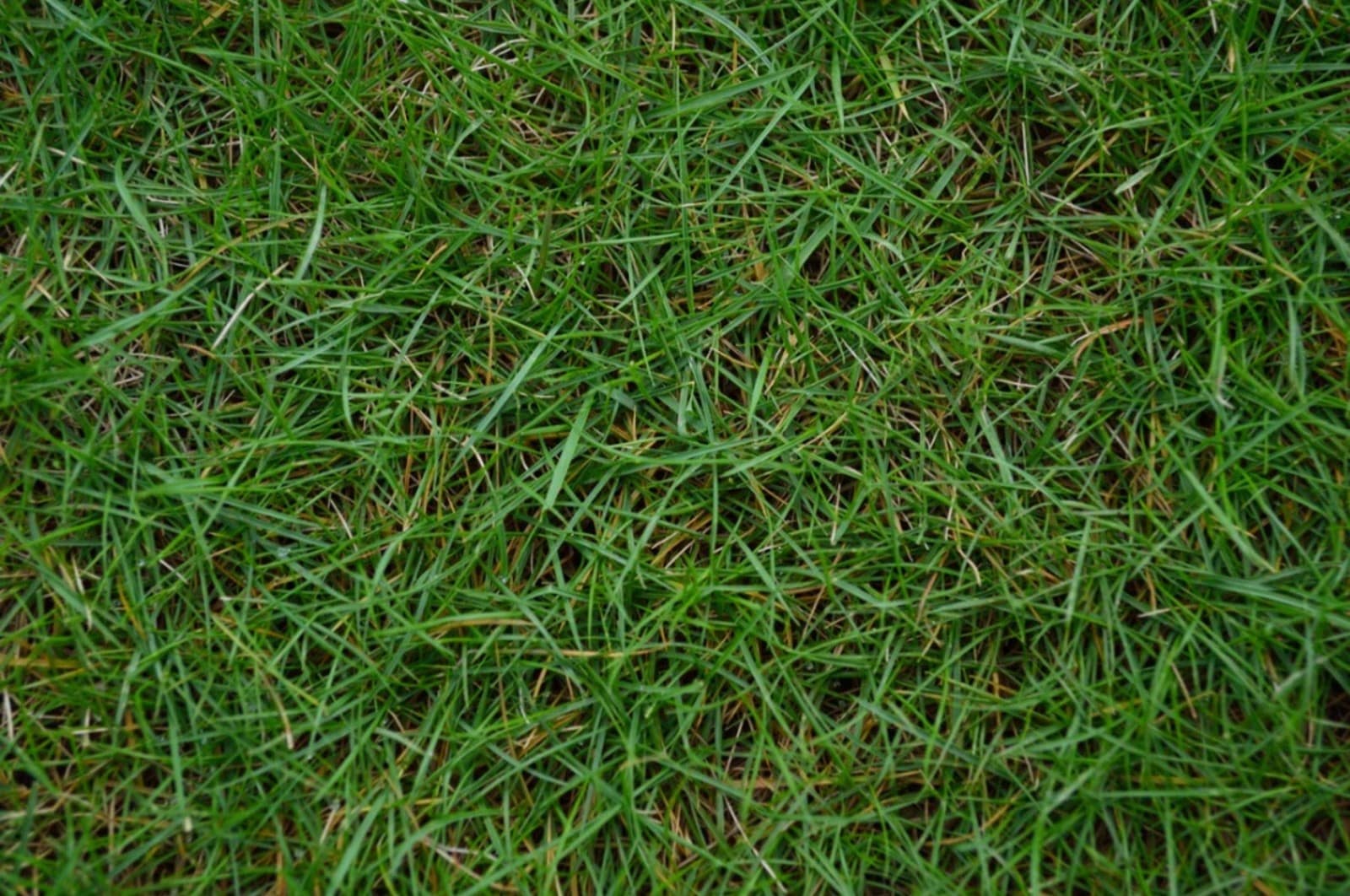
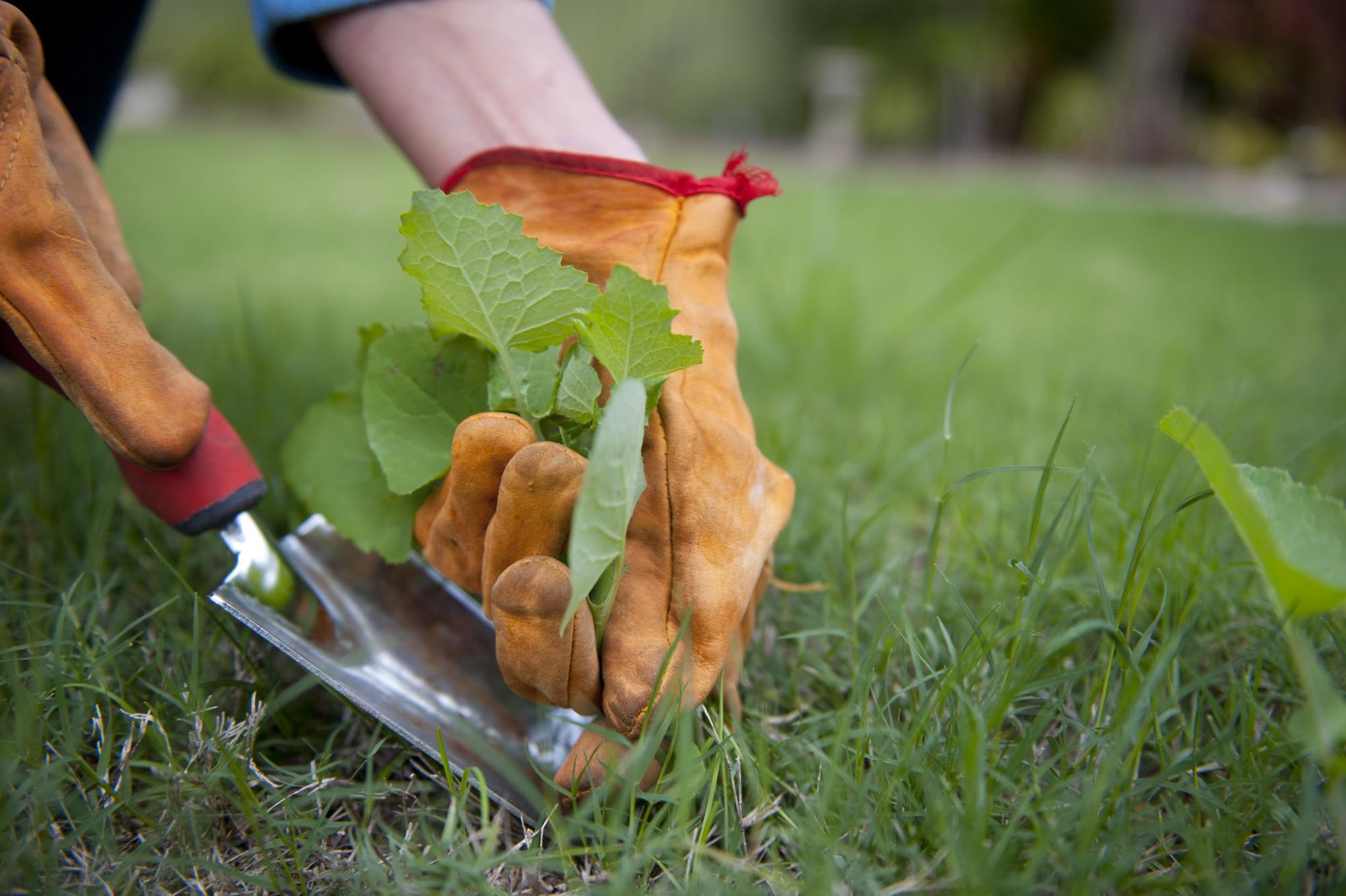
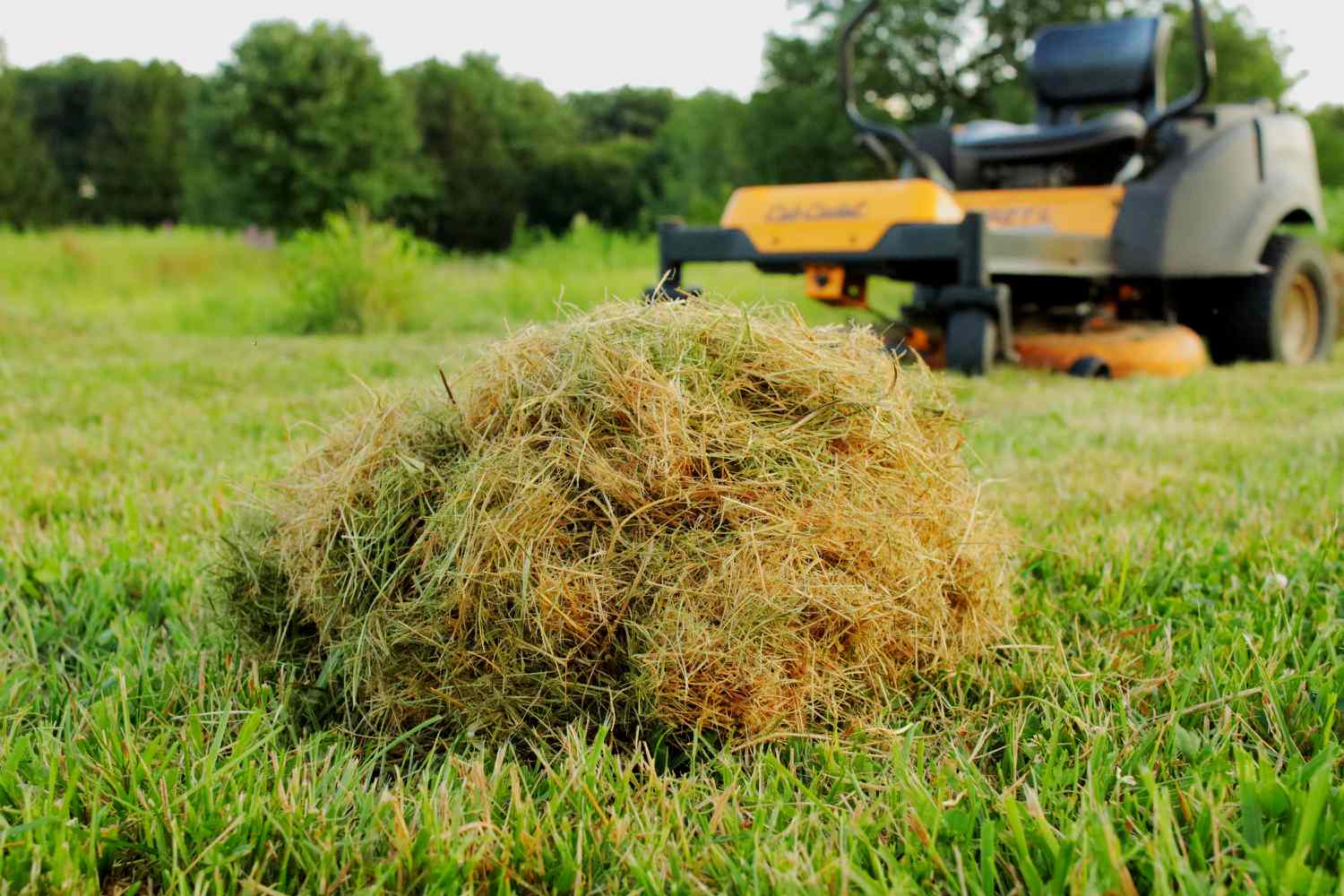
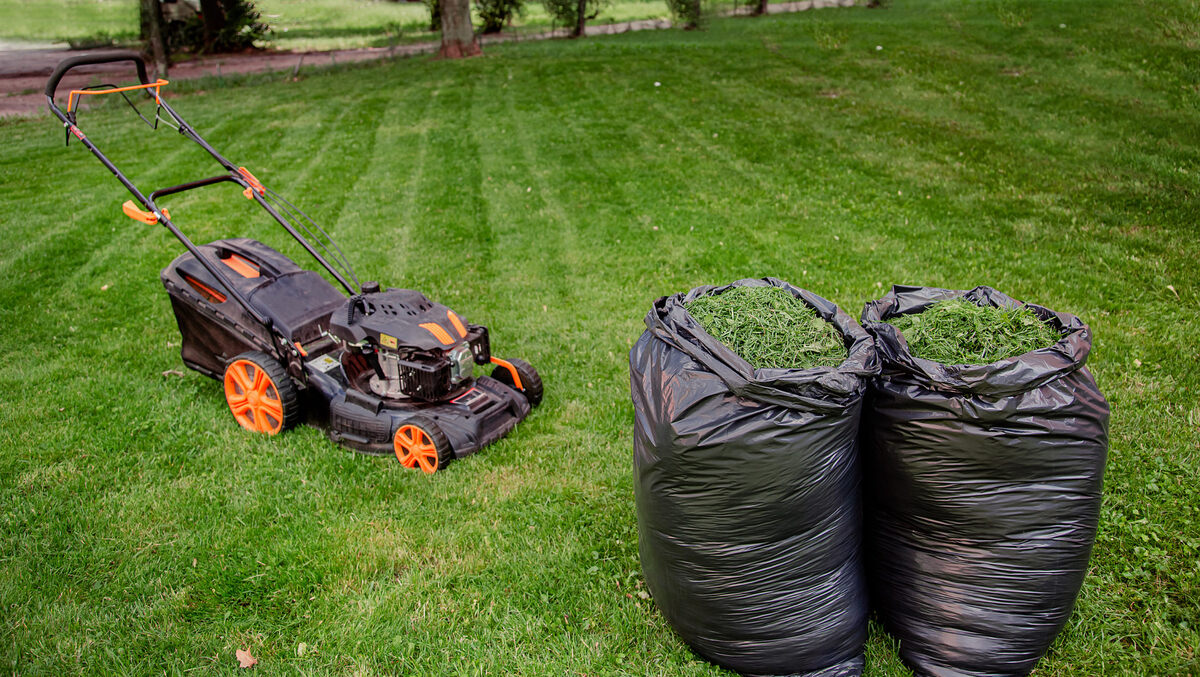
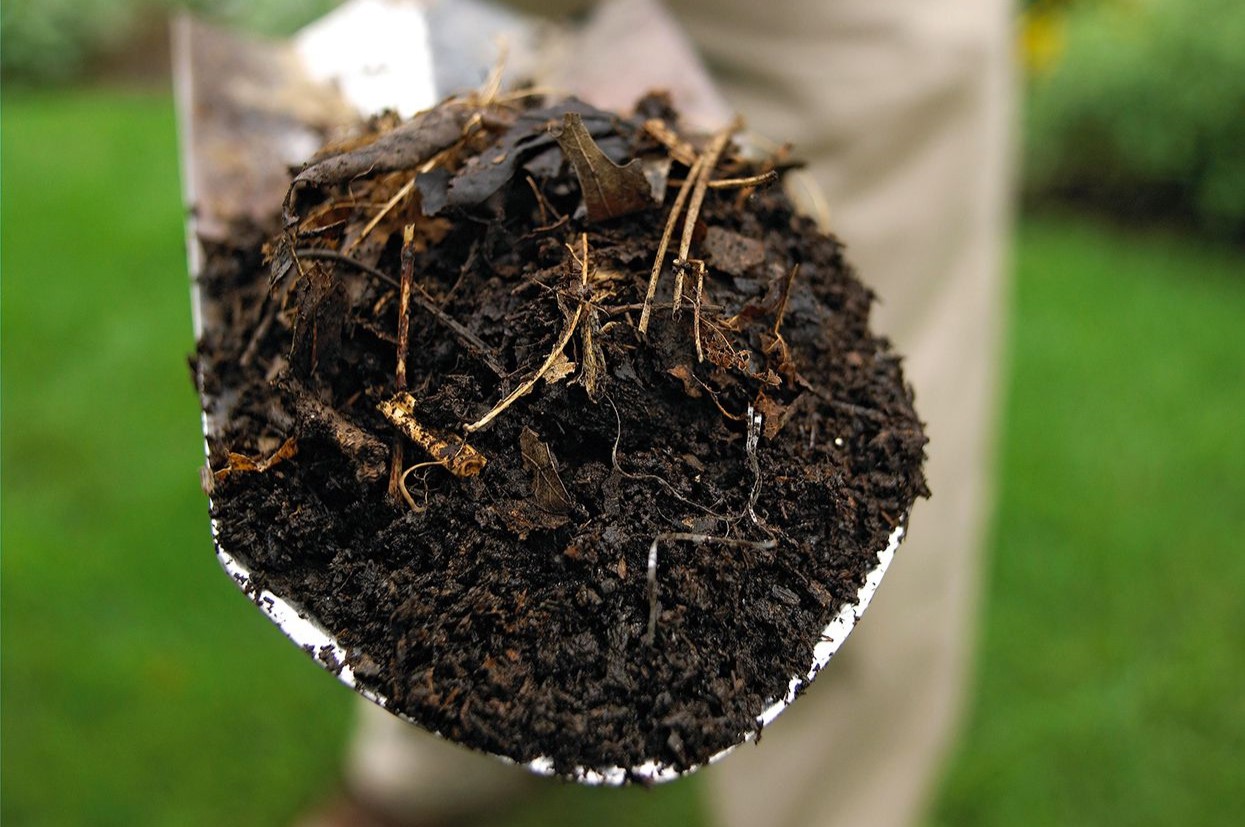
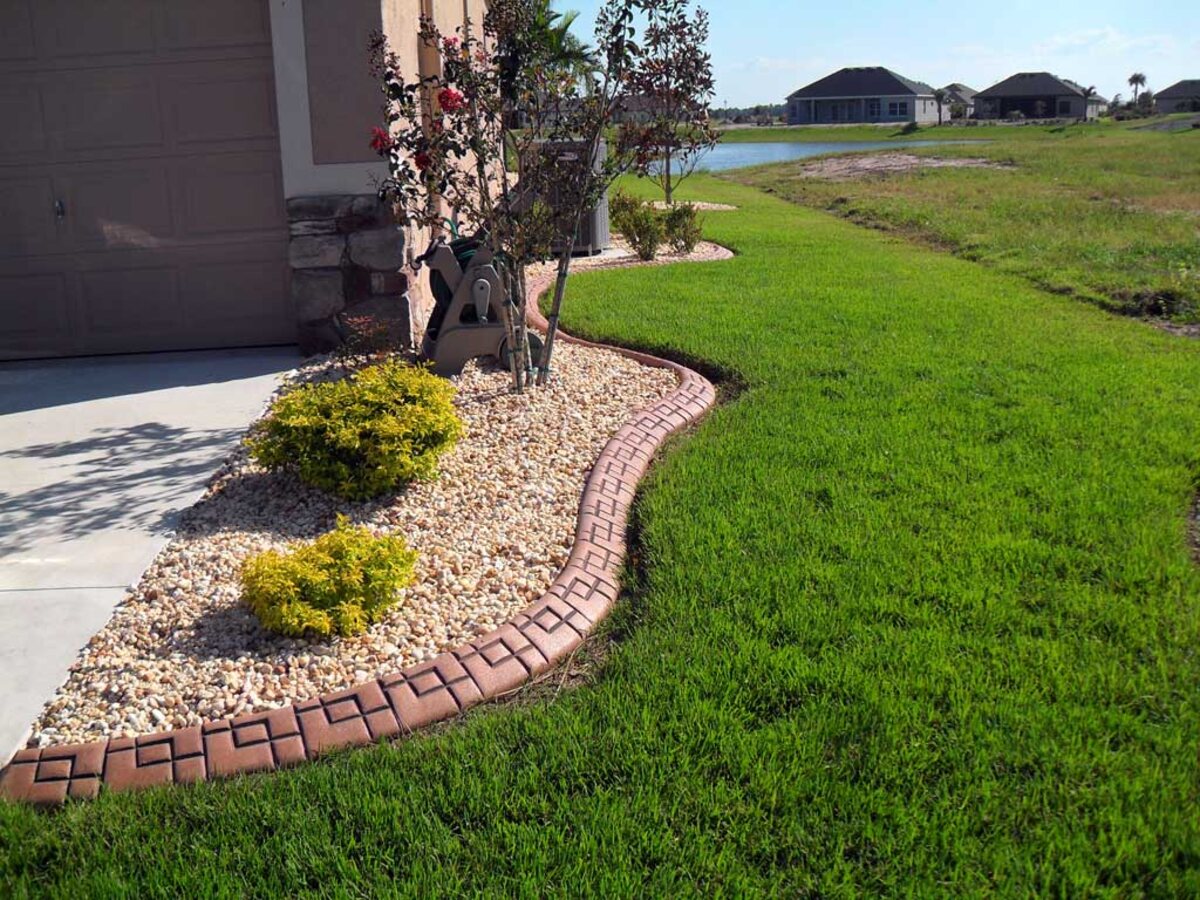

0 thoughts on “How To Compost Grass Clippings Fast”